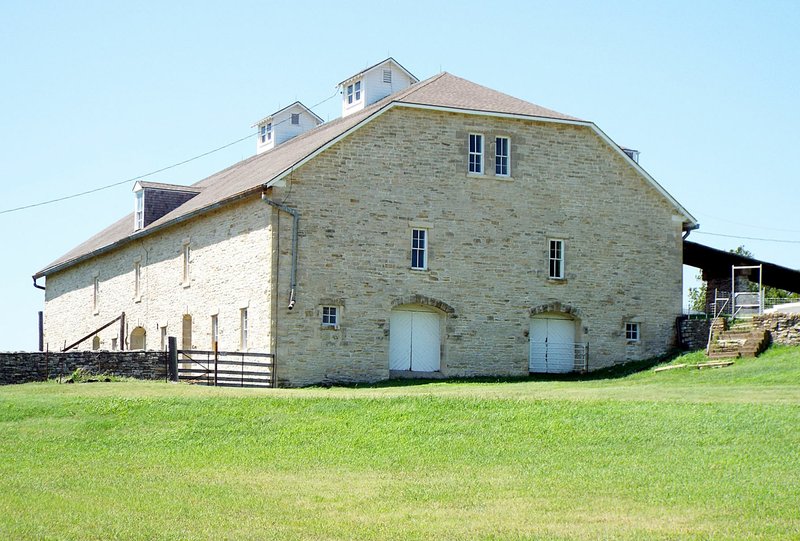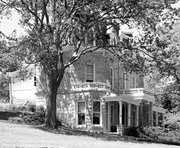STRONG CITY (Kan.) - Though it is a half-day's drive from Eagle Observer territory, the Tallgrass Prairie Preserve near Strong City and Cottonwood Falls in Kansas is somewhat of a unique place to visit. Its native limestone ranch house and barn are unique, but the preserve's near 11,000 acres of tall-grass prairie are even more unique as the large sections of native prairies in the U.S. are all but gone due to farming and development.
The Kansas preserve is an effort to save a piece of that land so that generations to come can see what rolling hills covered with tall grasses were like and so that native prairie plants and animals will be preserved as well.
The National Park Service owns a small portion (about 32 acres since Kansas limits the amount of state land the federal government can own within its borders) of the preserve and gives tours and educational presentations at its visitor center and at the 1880's Springhill Ranch house and barn -- massive limestone structures, though many farms and ranches of the late 1800s had homes and barns built of large cut-out blocks of limestone because lumber was a little harder to obtain on the prairie. The remainder of the preserve is owned by the Nature Conservancy and jointly managed with the Park Service.
The preserve has mowed trails so that visitors can hike over the hills and in the valleys and see up-close and personal the native plants and animals -- although park officials caution visitors about trying to get too close to the bison roaming the prairie there since they do not like to feel boxed in. Short bus tours are also available to visitors who would rather ride than walk.
The preserve is certainly a different kind of park than what one expects when visiting a National Park, but it's different in a good way -- a lot less crowded and a lot less developed.
General News on 08/17/2016


